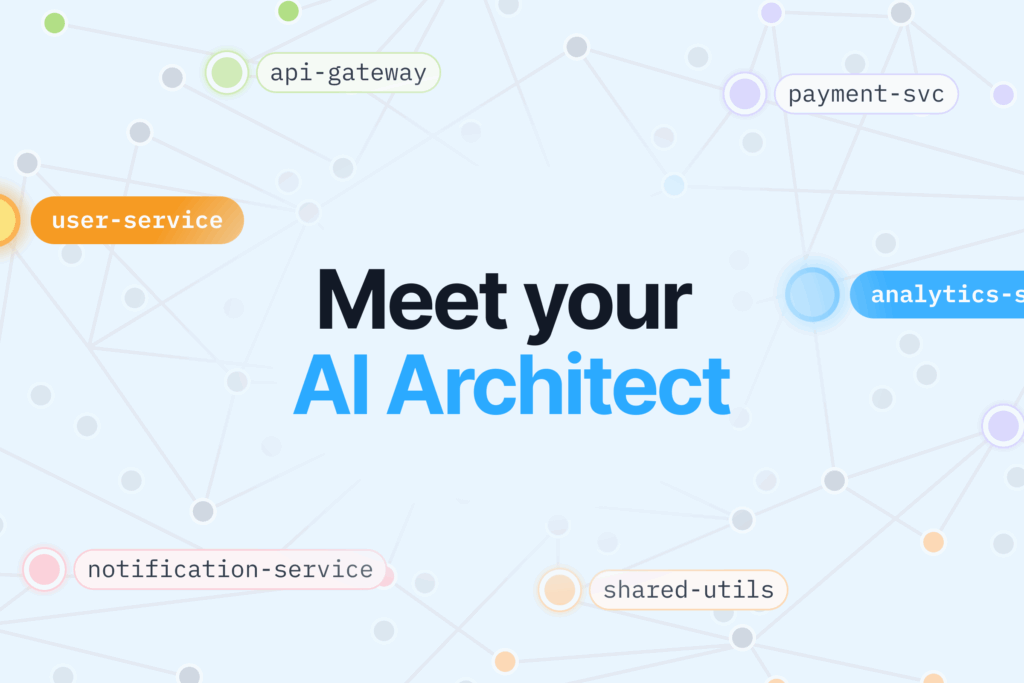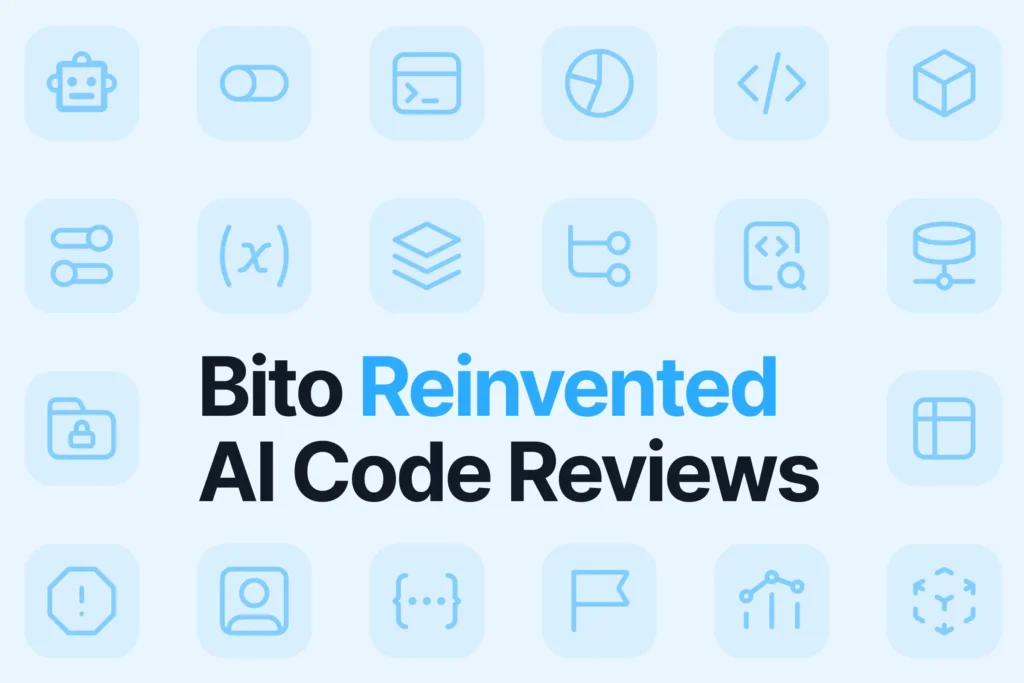Are you looking to expand your career, but unsure of where to start? Learning a coding language can be a great way to broaden your skill set, create new opportunities, and improve your earning potential.
There are dozens of different coding languages available, each offering unique benefits and drawbacks. To better understand which languages would be most beneficial for you, we’ve compiled a list of twelve development languages that could double your income.
What are the Benefits of Learning these Languages?
Numerous advantages come with learning any of these twelve development languages. For example, knowing how to code is an increasingly desired skill in the workforce so learning a coding language can open up new avenues for you in terms of career advancement.
Additionally, coding skills can set you apart from other applicants and equip you with the knowledge to enter higher paying positions. Furthermore, many coding languages have been designed to simplify or automate tasks and reduce the time needed to complete complex programming.
Moreover, coding languages can help you develop problem-solving skills and logical thinking. As coding requires you to break down complex problems into smaller, more manageable tasks, it can help you develop the ability to think critically and solve problems. Additionally, coding can help you develop a better understanding of how technology works and how to use it to your advantage. Finally, coding can be a great way to express your creativity and develop new ideas.
How to Choose the Right Language for You
- Considerations and Challenges: Given the range of coding languages available, it can be difficult to decide which one best suits your needs. Before choosing a language to learn, it is important to consider what exactly your goals are and how the language will help you to accomplish them.
- How to Find the Right Fit: Think about the types of projects and tasks you may want to complete in the future and find a language that can help facilitate that. Look into specific frameworks or libraries that are often used with each language as they can provide you with additional tools to assist in designing applications.
- Picking a Language that Fits Your Level: It is also important to consider the level of difficulty of the language you are choosing. If you are a beginner, you may want to start with a language that is easier to learn and understand. If you are more experienced, you may want to choose a language that is more complex and offers more features. Additionally, consider the type of environment you will be working in and the type of support available for the language you are considering.
Tips for Mastering a New Development Language
- Tips and Tricks for Beginners: Once you’ve chosen the language you want to learn, the next step is to start studying it. If you’re starting from scratch, it is always beneficial to begin with tutorials and resources aimed at beginner-level coders.
- Consistent Practice: You can always build on that foundation as your knowledge increases. The key is to practice often and consistently. Find activities that you enjoy and allocate time every day to practice coding. Working through problems and repeating concepts until they become second nature will help you become more comfortable with the language.
- Keeping Your Skills Relevant and Useful: It is also important to stay up to date with the latest developments in the language you are learning. This will help you stay ahead of the curve and ensure that you are using the most up-to-date techniques.
- Benefits of Online Learning Communities: Additionally, joining online communities and forums can be a great way to connect with other developers and learn from their experiences. Finally, don’t be afraid to ask questions and seek help when you need it. There are plenty of resources available to help you become a master of your chosen development language.
A Look at Popular Development Languages
Here are twelve development languages that have proven successful in helping coders quickly and accurately build powerful applications:
JavaScript, Python, Java, C++, C#, PHP, Ruby, Swift, Go, Rust, Kotlin, and TypeScript are all popular development languages used by coders today. Each language has its own unique features and advantages, making it suitable for different types of applications.
For example,
- JavaScript is a great choice for web development, while Python is often used for data science and machine learning.
- Java is a versatile language that can be used for a variety of applications, while C++ is often used for game development.
- C# is a great choice for developing Windows applications, while PHP is often used for web development.
- Ruby is a great language for creating web applications, while Swift is often used for iOS development.
- Go is a great language for creating distributed systems, while Rust is often used for system programming.
- Kotlin is a great choice for Android development, and TypeScript is often used for large-scale web applications.
1. Java: An Introduction for Beginners
Java is a fast and reliable language most commonly used for creating browser-based applications and enterprise software. It has been around since the mid-1990s and has become one of the most popular development languages due to its versatile design and numerous tools available.
2. JavaScript: A Powerful Programming Tool
JavaScript offers an easy way to create dynamic user interfaces and customize web experiences. It works with simplest libraries and frameworks such as Node.js creating powerful programming tools that can be used in place of traditional back-end development.
3. C++: An Essential Language for Software Development
C++ is an essential language for software developers due to its versatility and scalability. It works well for large projects such as operating systems, graphic design, and even games and makes writing complex programs easier.
4. Python: Exploring its Unique Advantages
Python is a scripting language often seen as simpler than others with a focus on readability and less complex code structure. This makes it well suited for prototyping, building websites, and developing artificial intelligence models and machine learning.
5. PHP: Creating Dynamic Web Applications
PHP is a dynamic server-side scripting language capable of responding quickly to user input. This makes it well suited for developing content management systems and dynamic websites with features like shopping carts.
6. Ruby on Rails: Building Complex Applications Quickly and Easily
Ruby on Rails is an excellent choice if you’re looking to build complex applications in a short amount of time. This framework makes it easy to create feature-packed sites such as search engines or e-commerce platforms.
7. SQL: Understanding the Basics of Database Queries
SQL stands for Structured Query Language and is used to interact with databases. It allows users to post, update, delete, and retrieve data from a database therefore it’s critical for retrieving live data within applications.
8. HTML and CSS: The Foundation of Web Design
HTML (Hypertext Markup Language) and CSS (Cascading Style Sheets) are two interconnected languages used in web design. HTML provides structure for content on the web page while CSS adds styling such as colors, fonts, layout, positioning, etc.
9. R Programming: Analyzing Big Data and Visualizing Results
R programming is commonly used by data scientists to analyze large datasets, draw conclusions from them, and visualize results in charts or graphs. It also supports statistical models allowing users to run simulations and test predictive models.
10. Swift: Developing iOS Applications
Swift is Apple’s native programming language designed specifically for creating iOS applications. As a modernized version of Objective-C, Swift allows developers greater control over codebase performance while creating sophisticated mobile applications
11. Kotlin: Creating Robust Android Applications
Kotlin is Google’s official language for Android development. It offers better support for lambdas than Java and helps cut down both development time and expense. That’s why some of the largest companies such as Netflix have chosen it as their development language.
Conclusion
Learning a development language can bring many benefits such as higher income potential and faster completion of complex tasks. With numerous coding languages available, it’s essential to pick the right one for your needs. We hope this article has outlined some of the top development languages that could double your income.






